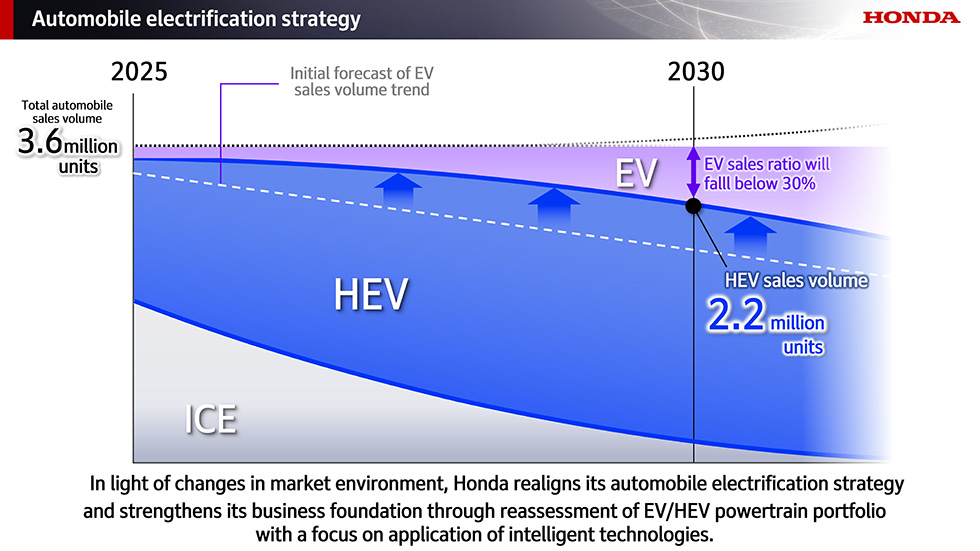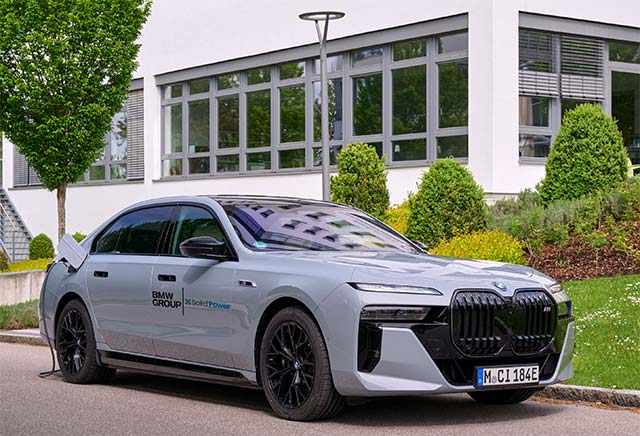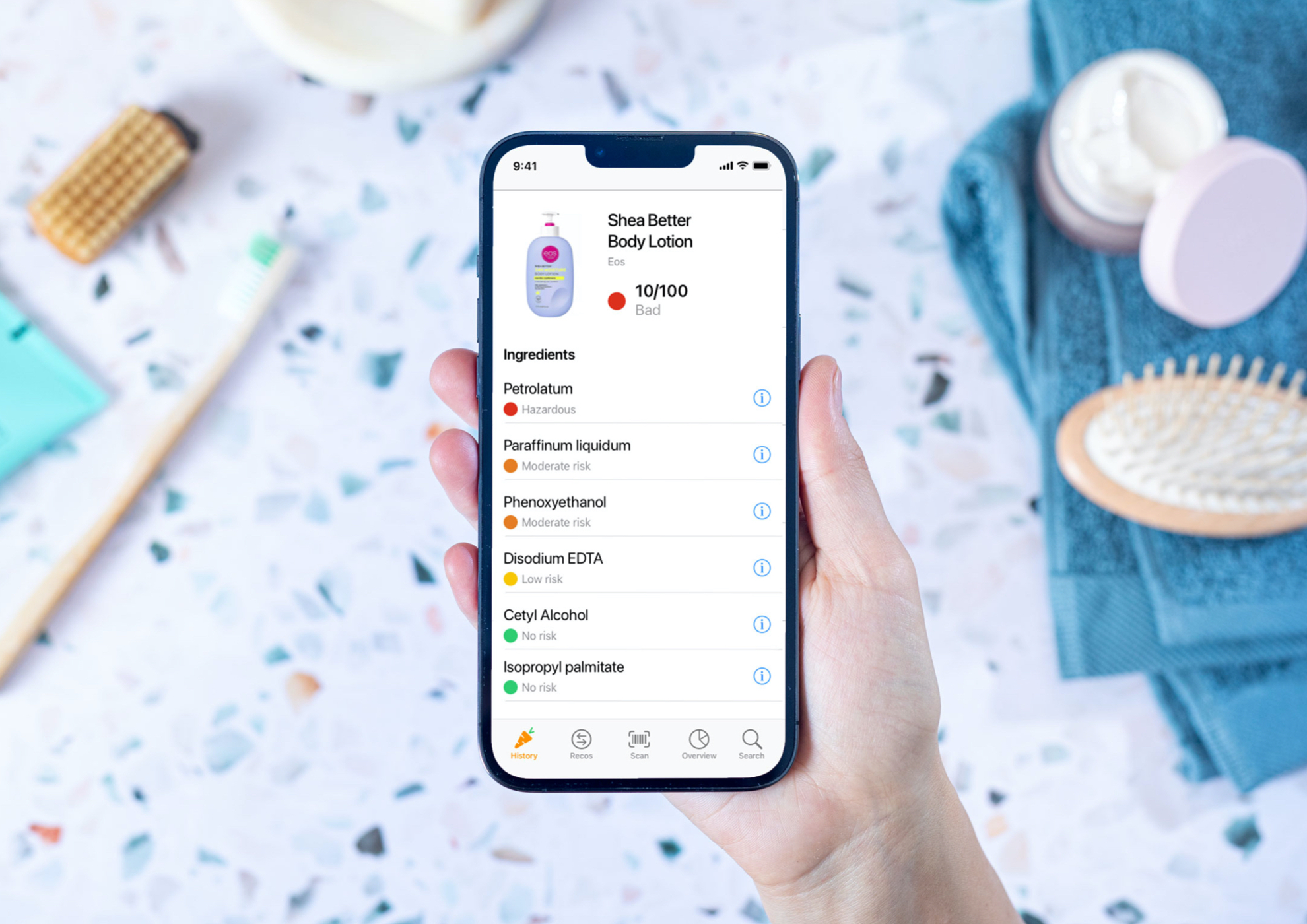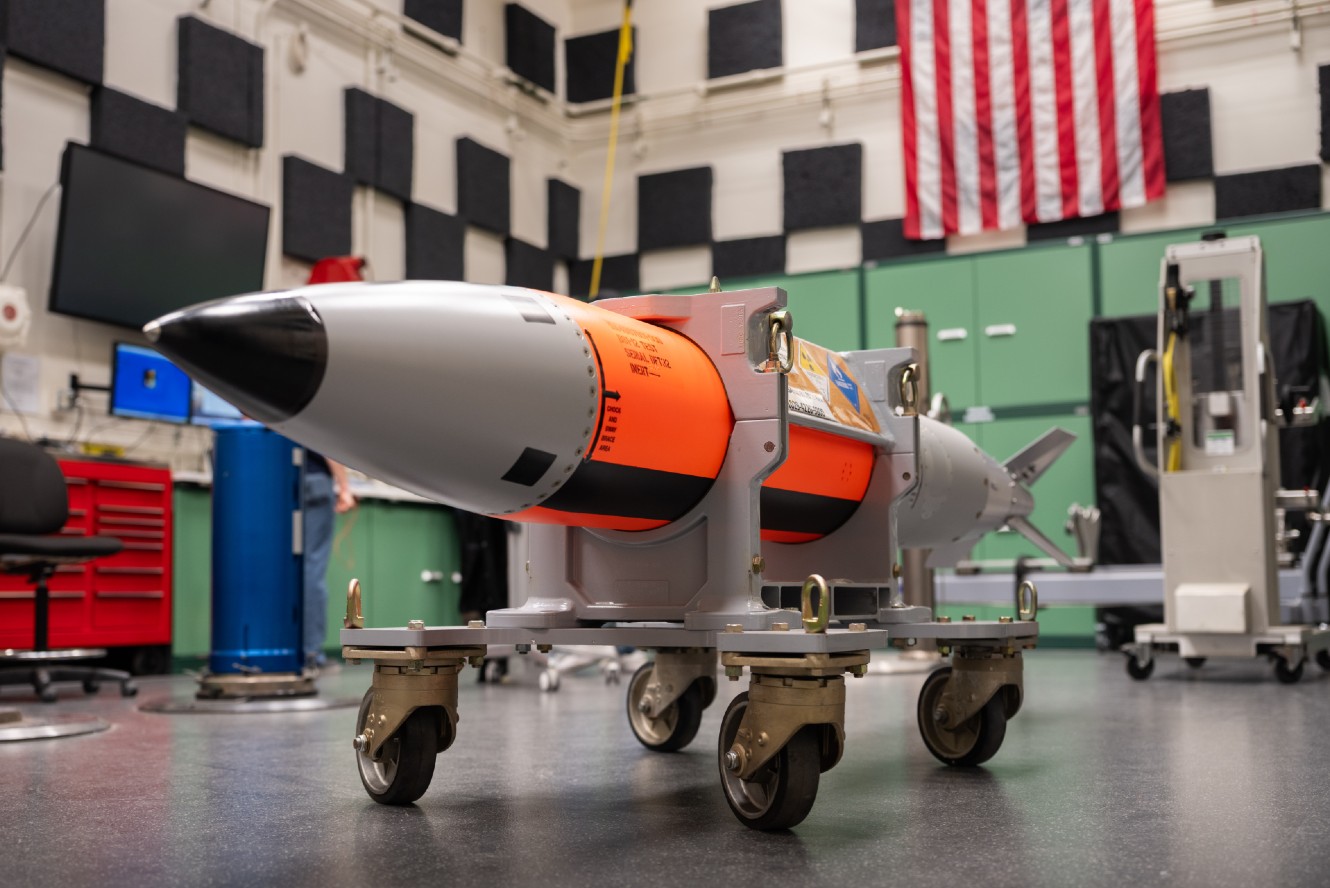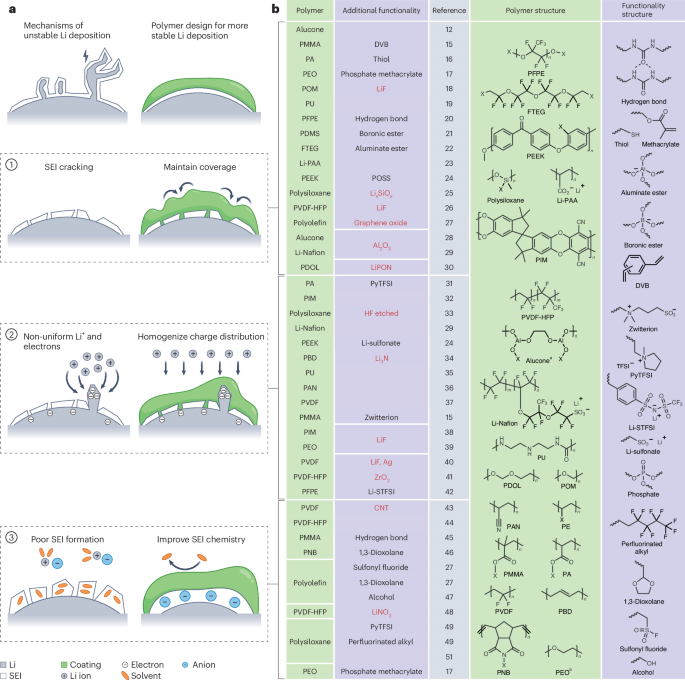Molecular Modeling Studies of Hapten Design and Antibody Recognition for Sensitive Detection of Vitamin K3 by Strip Biosensor
Advanced Healthcare Materials, Volume 14, Issue 12, May 6, 2025.

In this text, ultrasensitive GICA strips for the detection of VK3 content in real samples are fabricated and the mechanism of antibody-VK3 recognition is attributed to hydrogen bonding and hydrophobic forces of TRP99, ALA105, ARG101, GLT101, ARG103, LEU102, and PHE104 located on CDR3H, while ILE96, TYR90 located on CDR3L, and PHE33 located on CDR1L of the antibody.
Abstract
Computer-aided molecular design techniques are used to analyze vitamin K3 (VK3) and VK3-hapten. Based on VK3-hapten, a specific monoclonal antibody (mAb) against VK3 is prepared with a sensitivity (IC50) of 0.49 ng mL−1. The recombinant technology is used to investigate the molecular docking mechanism of mAb recognition of VK3. Then, a model of the mAb is established, and the amino acid distributions of the complementarity determining region regions of the mAb are determined. Hydrogen bonding and hydrophobic interactions of specific amino acids of the mAb are further confirmed by the recognition mechanism of the antibody with VK3. Based on these results, a gold immunochromatographic assay (GICA) is developed to detect VK3. The recovery of VK3 in the sample is 99.50%–101.12%, showing a better agreement with the results of the high-performance liquid chromatography. In addition, the calculated limit of detection of VK3 in milk powder, vitamin tablets, and mixed animal feed is 1.16, 1.18, and 10.06 µg kg−1, respectively. The concentrations of VK3 in vitamin tablets and mixed animal feed as determined with the GICA strips are 5.82 mg/tablet and 1.47 mg kg−1, respectively. These results confirmed that the developed GICA strips have great potential for detecting VK3 in actual samples.





















